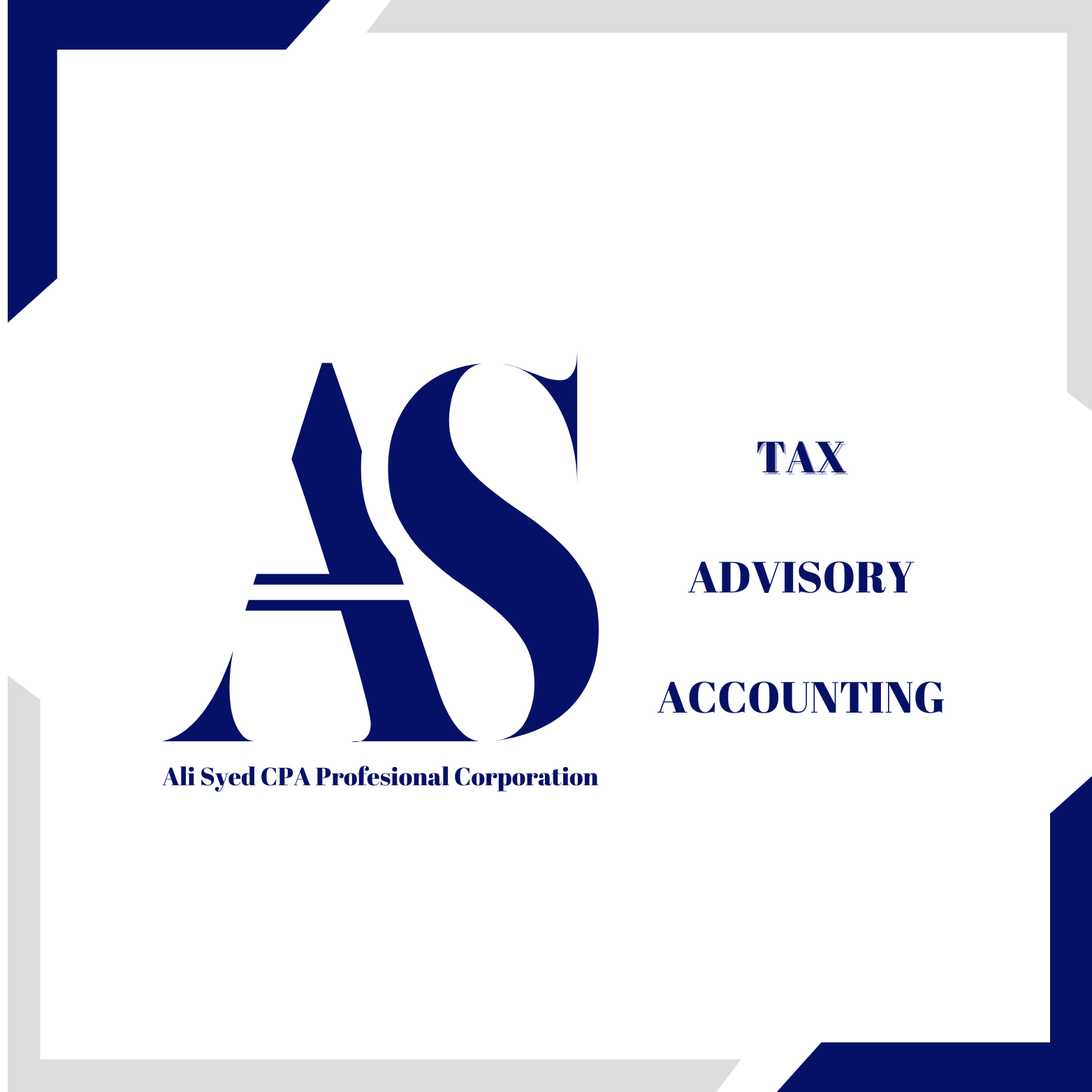Cost of capital is an important determinant while making investment and financial decisions as it calculates the breakeven point to check whether or not a project is feasible. Before a business can make a profit, it must at least generate sufficient income to cover the cost of the capital it uses to fund its operations. It takes the cost of debt and the cost of equity under consideration and evaluate which combination meets the company’s requirement in the most optimal way. Return on capital is the amount of profit earned out of a business or project as compared to the amount of capital the company invested. A company’s return on capital must equal or exceed its financing rate of return for the firm to make a profit. One major component of the cost of capital is the cost of debt financing. The cost of debt is the interest rate the company pays on debt. It is very important to know the connection between interest rates and the cost of debt financing before a financial or investment decision is made. When companies borrow money, they have to pay interest to the lender which is the price for using his money. When interest rates go up, the borrower has to pay more interest which ultimately increases the cost of capital. A good amount of revenue when traded off with a high cost of capital would lower the actual profits. In case the company has expansion plans, it needs to have money or capital to execute it. For each of these decisions, if return on the investment is greater than the cost of capital then the project would be usually feasible. In other words, the projected profit must exceed the cost of the money it takes to invest in the project. Once a business owner understands the relationship between interest rates and cost of capital, it’s easier to check whether a venture is profitable or not. One way of having a better grip on the cost of capital, the investor should focus on the opportunity cost of alternative investments. The most profitable option takes into account two key variables in calculating the cost of capital which is considering the time value of money and knowing how to discount cash flows and returns into present value.

